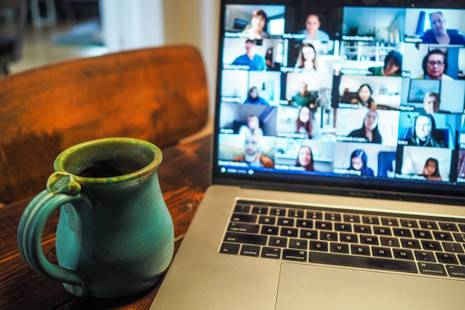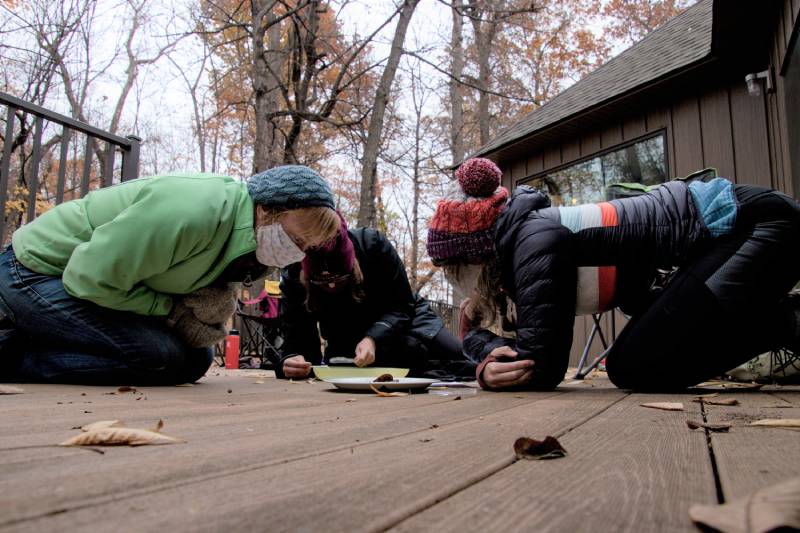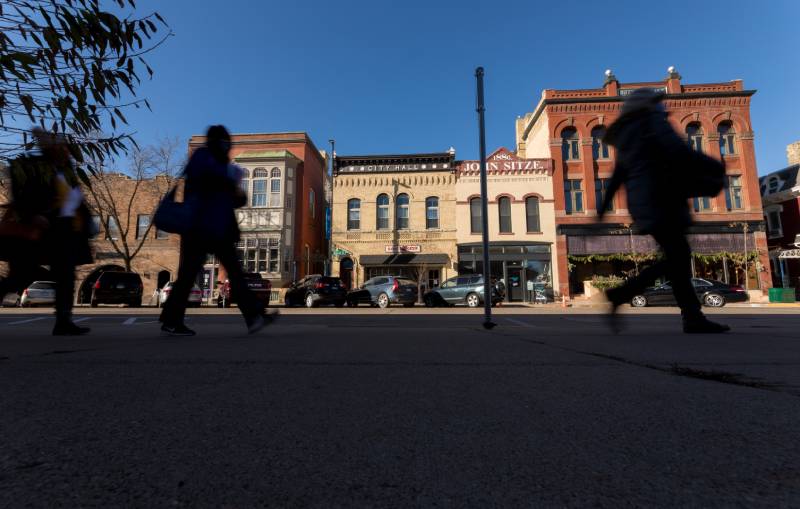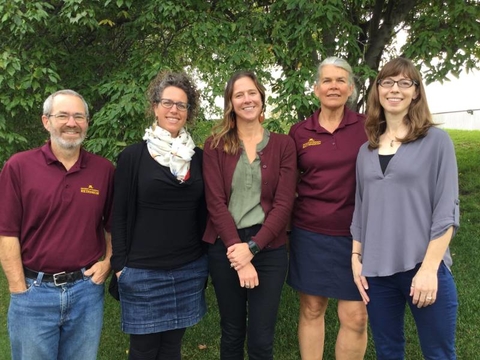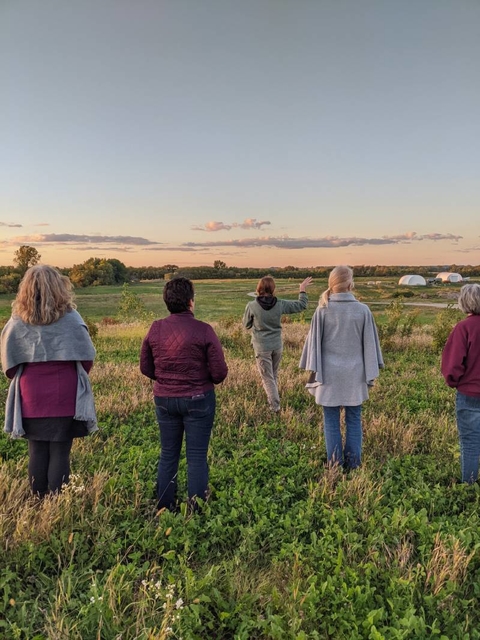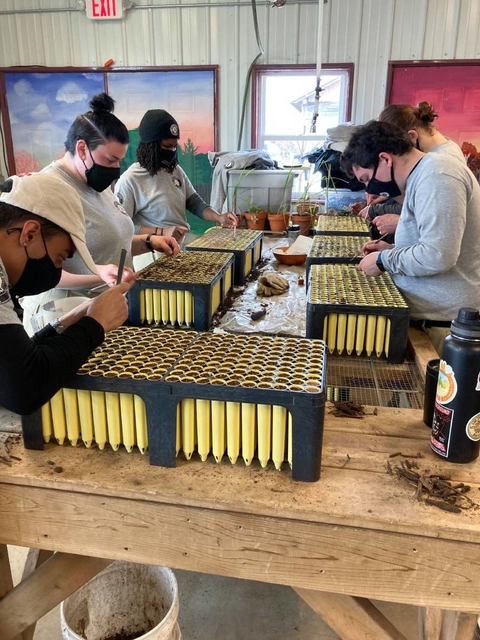Adaptation and resilience are key concepts in sustainability and help each of us and our communities navigate, adjust and bounce back from challenges that include climate change and the COVID-19 pandemic.
As ripple effects from these challenges continue to impact communities across the state, we asked leaders from the University of Minnesota Extension Regional Sustainable Development Partnerships (RSDP) to share some of the lessons learned in their regions since the early days of the pandemic to today and what gives them hope for the future.
Drawing on responses from each region, several themes and key insights emerged that show how communities across Minnesota are continuing to adapt and demonstrate resilience in the face of local, regional and global change, this year and beyond.
Digital tools help keep communities connected
One of the first lessons learned expressed by RSDP leadership is that communities have embraced new technologies and digital forms of communication that have helped keep projects and communities moving forward.
“Meeting and collaborating virtually works quite well in many ways,” said Molly Zins, executive director of Central RSDP. “In addition to increasing access for some and reducing the time and expense for travel, we found that virtual meetings have a pretty quick learning curve and can provide an engaging, interactive experience.”
Similar observations were shared across all of the regions. For example, Northeast RSDP’s board and work groups successfully adapted to a distanced, virtual process for their work, creating new ways to discuss projects, track work and priorities, and even vote on which projects to support.
“Not only did this process find a sufficient mechanism to exchange ideas and bring forward deeper issues, the number of people able to participate actually increased from previous years,” said David Abazs, executive director of Northeast RSDP.
With the success of digital approaches to this work, it’s not surprising that regions will continue drawing on virtual tools to supplement their programming and partnerships in the future. Anne Dybsetter, executive director of Southwest RSDP, summed up a key question about these digital approaches that will continue being explored in each region moving forward.
“What new partnerships are possible if the barrier of distance is eliminated due to virtual communication?” Dybsetter asked.
Hope for in-person connections
While all of RSDP's regional leaders expressed appreciation for virtual programming and projects that could be completed with digital communication, each noted how they and their partners are looking forward to more in-person meetings and events to help build connections and sustain relationships across the regions.
As conditions shifted with the pandemic this summer and fall, RSDP regional executive directors worked closely with their boards to determine their meeting preferences. Some regional boards identified outdoor meeting locations while others preferred to continue meeting virtually at this time.
“I am so grateful to all of the ways that technology has been able to support connections-making,” said Andi Sutton, executive director of Southeast RSDP, who joined the organization in summer 2021. “Though I do still think that in-person meetings play a strong role in relationship- and trust-building for the long term,” she added.
Sutton expressed how seeing and working with partners in person will be critical to building a strong sense of community among board, work group and project partners. These in-person connections will also help as she continues learning about the region and the various sustainability challenges and successes facing communities.
Other leaders echoed Sutton’s sentiment about the importance of in-person relationship building.
“As we continue to adapt in this pandemic, we'll look for ways to work in person in all the ways we can do so safely. That probably means focusing on one-to-one or small group gatherings, connecting outdoors, and keeping an eye on COVID conditions in the community,” said Northwest RSDP executive director Linda Kingery. “The RSDPs have found that a lot of business can be conducted online when people know and trust one another, so in-person connections might intentionally focus on relationships.”
Rapid response projects highlight inclusivity, innovation and ingenuity
Another important lesson and impact across Greater Minnesota came from the work done to support communities in need. In addition to the regular RSDP Idea Brief and project application process, each region awarded rapid response projects to community groups to address urgent needs resulting from the COVID-19 pandemic. These projects highlighted the inclusivity, innovation and ingenuity of Minnesotans working to address short- and long-term sustainability challenges in their regions.
For example, one of the rapid response projects supported by Central RSDP was a project called “Emergency Halal Food Supply Hub” in St. Cloud. Community groups and Somali grocery stores partnered to create an emergency halal food supply to serve low-income Somali families. Store customers were provided the opportunity to donate to the in-store emergency halal food supply in an effort to sustain or grow the program.
Zins noted that this project’s success was due in large part to its inclusivity and how it met the community being served where they were, delivering culturally appropriate food to those in need.
“Flexibility and adaptability are not only key, but essential. From project work plans to meeting agendas to daily tasks, exercising a nimble response to the circumstances at hand is vital for long-term efficacy and success,” Zins said, about the rapid response work in her region.
As part of the rapid response projects supported by Northeast RSDP, Abazs shared how the region engaged new partners and saw a record number of proposals compared with previous years. One of the funded proposals was a Yurt Village project helping those experiencing homelessness in Duluth. To address the unprecedented numbers of people facing housing insecurity, this project is helping bring the community together to provide 24/7 warming and hygiene facilities and raise awareness about the urgent action needed to keep all our neighbors safe this winter.
Another project supported by Southwest RSDP lifted up the ways cultural and creative elements can help us navigate and understand moments of crisis and imagine new ways of moving forward. This project, called the Dakota Community Artist in Residence project, helped produce and share videos about local artists including Talon Cavender-Wilson and Fern Cloud who shared more about their approaches and artwork that they created as part of the residency. These videos are available from PBS, here and here.
“Organizations, communities and leaders shifted gears and rapidly made changes that we otherwise never could have imagined—so now we know it’s possible,” Dybsetter said.
Supporting and learning from community resilience
Regional leaders looked forward to ongoing partnership with and learning from communities across the state as they continue to navigate the COVID-19 pandemic and other challenges.
“I’m looking forward to continuing to learn from and be inspired by the profound resilience and innovation we're seeing in communities across the state,” Zins said.


